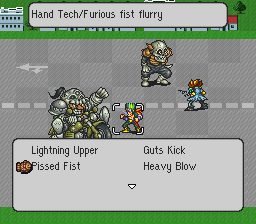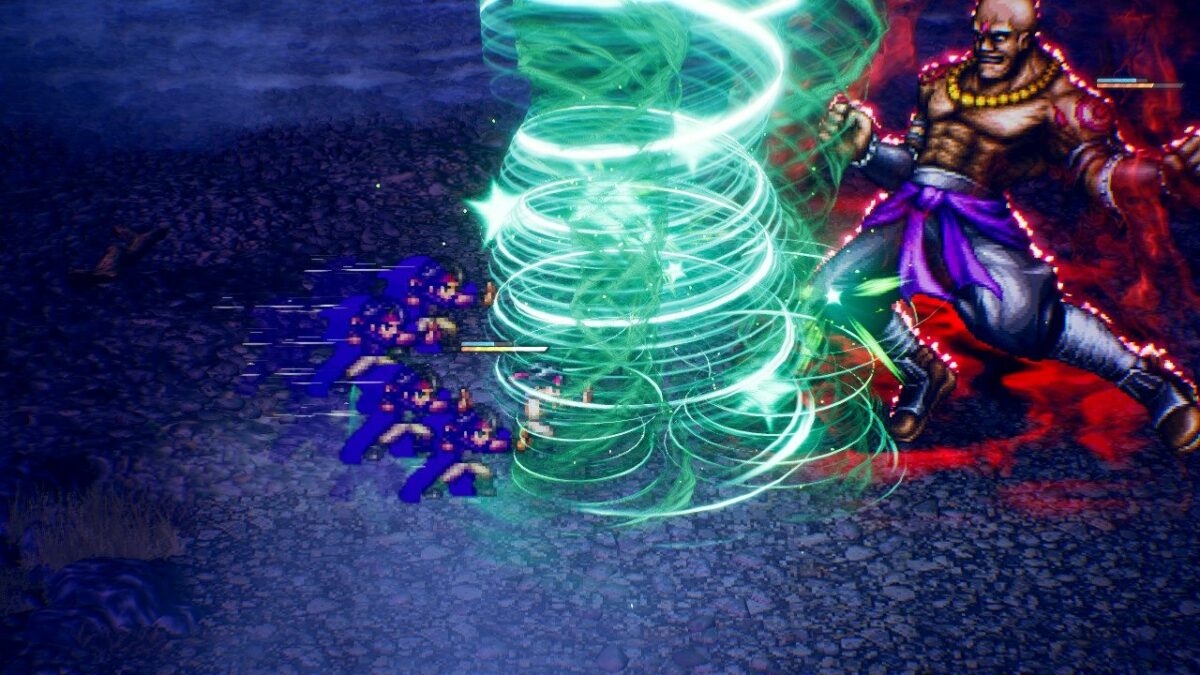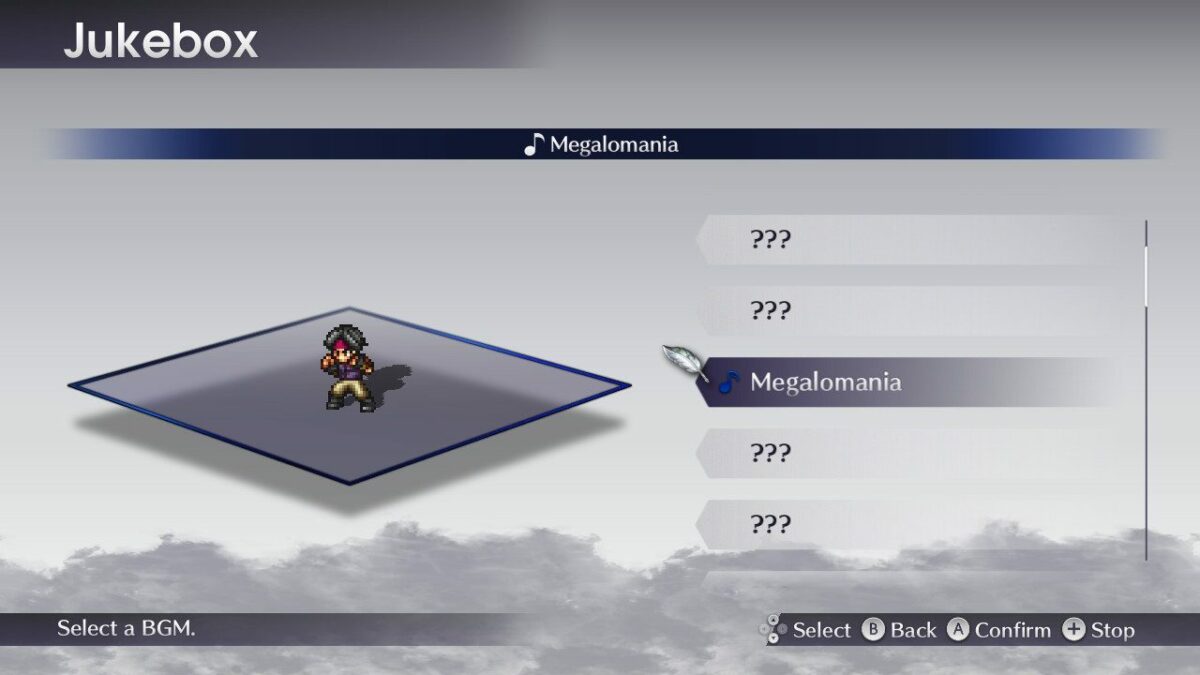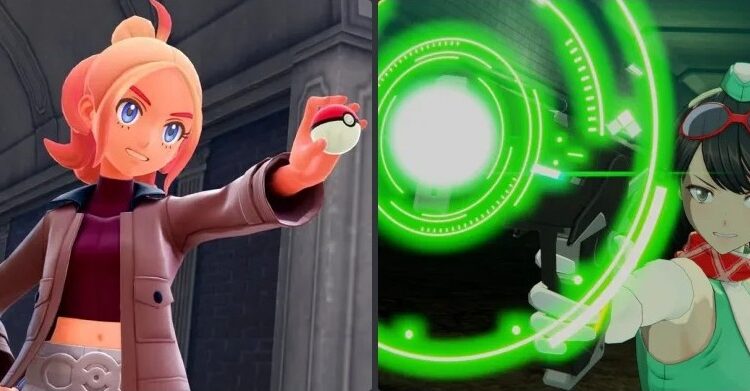Many years ago, I was in quite the emulation phase. I played several classics this way, from Chrono Trigger and Final Fantasy IV to Japanese exclusive hits that only got translated by fans that were also part of the emulation scene. Fan translations have a long history in the niche JRPG and visual novel markets. They are where some of JAST USA’s biggest titles got their first English exposure, and that was how I came to be a follower, fan, and customer of J-List. Fast forward to now, and I’m a freelance writer for the J-List Blog, combining my love of games, Gundam, and Japan to delight our readers. It’s wild how a small web of connections can lead to such developments, and that’s what’s at the core of Live A Live as a game.

Starting life on the Super Famicom (Super NES outside of Japan) in 1994, Live A Live laid the groundwork for some of the biggest names in 90s RPGs, including Takashi Tokita (director/writer of Chrono Trigger) in his directorial debut, and Yoko Shimomura (composer of Super Mario RPG and Kingdom Hearts) in her first large-scale project at Square. Some absolute legends of the manga industry contributed to the original as well, like Gosho Aoyama, the mangaka of Detective Conan/Case Closed, and Kazuhiko Shimamoto, the character designer of Mobile Fighter G Gundam. Unfortunately, this was before titans of the genre like Final Fantasy and Dragon Quest (Dragon Warrior at the time) were household names in the west. JRPGs were a risk back then, and Live A Live was an extremely experimental game in what was then a niche field. This is largely assumed to be the reason the game stayed exclusive to Japan for more than two decades. It would eventually get shout-outs in other Square Enix games as time went on, and even a re-release on the Japanese Wii U Virtual Console, but no official western release. Until now.
Live for Today
Completely remade from the ground up in the HD-2D style of Octopath Traveler and Triangle Strategy, this Switch-exclusive remake is something I’ve been wanting for years, and I’m ecstatic to report that this beautiful game is still worth your time and money all these years later. The updated graphics and music bring everything up to modern standards while remaining nearly 100% faithful to the original game. This is very obviously a labor of love, and the fact that Square Enix president Yosuke Matsuda had Live A Live firmly at the top of his list of games to get HD-2D remakes only drives that point home. The updated music is wonderful and the art is some of the best work Square Enix has done in the HD 2D style.

The gameplay is split into two distinct parts: your typical overworld exploration and turn-based battles. Those battles are where the game is almost indescribably unique. Instead of it being your party vs the other, standing in a straight line and only moving when they attack, the battlefields are arranged in a grid and every attack has specific ways they will affect the area around you, as well as a unique range and pattern to land a hit. Positioning is just as important as raw stats here, and to add more depth, the terrain can be lit on fire, flooded, electrified, and so on. The closest thing I could compare the combat of Live A Live to is the combat in South Park: The Fractured but Whole. It’s best to see it played or try the demo out, but I’ll link a quick video below.
Im so happy! #LIVEALIVE #NintendoSwitch pic.twitter.com/FIgsM7Lzka
— Quinn (@InputVoid) July 22, 2022
There are several new quality-of-life improvements made to the game, as well as a general rebalancing of the game. In the SNES version, a guide is almost required for some of the chapters, but that’s not the case here. For example, the “Present Day” chapter has a unique mechanic where the protagonist is essentially a human MegaMan, meaning he steals the abilities of his opponents. In the SNES version, getting all of these can be a pain, and the difficulty of the chapter starts high but drops as you gain new moves. In this new version, the AI is less aggressive (I had one enemy running in circles as I healed) and the damage they do feels toned down.
On the flip side, it is sometimes a little too faithful. Navigation in the “Twilight of Edo Japan” chapter is the best example of this: even with the illustrated, albeit unhelpful, in-game map, exploring can be a chore. Some other chapters don’t have a map at all, and the radar at the bottom of the screen is only good for getting a vague sense of direction. Some of the flaws of the original remain, like balancing issues and a few fairly obtuse puzzles. It still very much plays like an old JRPG at its core, and your enjoyment of the game will be hampered if you don’t like that style of game.
The Story
Where Live A Live really shines is in its story and presentation. The game is structured as an anthology of sorts, with eight stories across eight time periods ranging from sci-fi to prehistoric. I will not spoil the stories, or how they may or may not be connected, so rest easy. All I will say is that this game is home to my favorite villain from Square, because we can experience how they became the villain and it’s hard not to sympathize with them. While the stories are largely by-the-numbers, they completely nail the feelings they are aiming for. On top of that, the climax of the game is home to one of the best twists and subversions that Square has ever pulled off.
The “Near Future” chapter could easily be mistaken for a lost anime movie from the 90s, complete with a theme song featuring vocals by Hironobu Kageyama, of “CHA-LA HEAD-CHA-LA” fame. The “Western” chapter is pretty much just a single episode of a Western TV show, and the “Present Day” chapter is a 1v1 fighting game in RPG form. That said, the length of these chapters varies. “Present Day” can be completed in about 40 minutes, but “Near Future” is at least a few hours long, with the total run time of Live A Live hitting about 18–20 hours. As I stated earlier in the article, small connections making a big web are what this game is about.
The Localization
The localization is expertly crafted to be familiar to old fans, while adding enough new content to keep the stories fresh, even for someone like me who played the SNES version multiple times. The Japanese version seems to be much closer to the original release, but the localization got the tone and overall message matched very well. The few discrepancies I was able to notice were fairly minor and in most cases, I liked the new dialogue just as much if not more than what was in the original Aeon Genesis translation. There were some welcome surprises in the voice acting, like actually using Spanish dialogue for the mariachi band in the “Western” chapter.

The characters themselves have also seen some added depth and weight in their stories with the addition of said voice acting. Both the English and Japanese voice actors give solid performances. Some highlights include Shizuma Hodoshima and Nicholas Corda in their shared role as Streighbow. If you want a more “authentic” experience, I highly recommend playing the “Twilight of Edo Japan”, “Near Future”, and “Imperial China” chapters of Live A Live in Japanese then switching to English for “Western”, “Medieval”, and “Distant Future”. “Prehistory” has no spoken dialogue.
Live Over Again
Live A Live is a special game. It is highly influential, wildly experimental, and incredibly engrossing from start to finish. I cannot recommend this remake enough. If you want to see where some Japanese game industry legends really started to grow into their own as creators or just want a classic JRPG experience, pick this game up. It’s currently a Switch exclusive that retails for $49.99.















